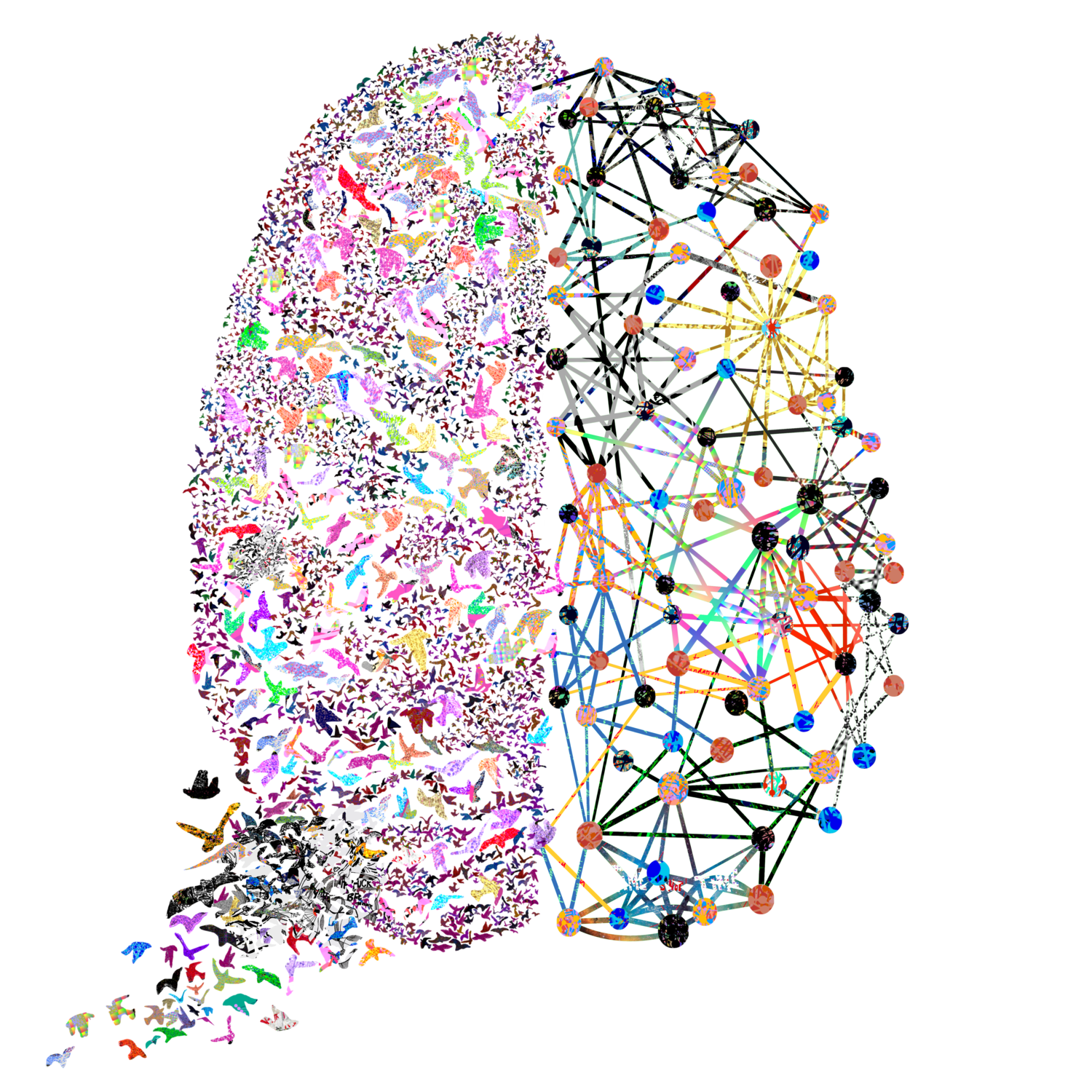Abstract
Arousal states such as sleep and wake are highly correlated with specific cortical states, i.e., specific cortical rhythmic activity patterns. During low arousal states such as slow wave sleep, the cortex is synchronized and dominated by low frequency rhythms coordinated across multiple regions. Although recent evidence suggests that GABAergic inhibitory neurons are key players in cortical state modulation, the in vivo circuit mechanisms coordinating synchronized activity among local and distant neocortical networks are not well understood. Here, we show that somatostatin and chondrolectin expressing cells (Sst-Chodl), a sparse and unique class of neocortical inhibitory neurons, are selectively active during low arousal states and are largely silent during periods of high arousal. In contrast to other neocortical inhibitory neurons, we show these neurons have long-range axons that project across neocortical areas. Activation of Sst-Chodl cells is sufficient to promote synchronized cortical states characteristic of low arousal, with increased spike co-firing and low frequency brain rhythms, and alter behavioural states by promoting sleep. Contrary to the prevailing belief that sleep is exclusively driven by subcortical mechanisms, our findings reveal that these long-range inhibitory neurons not only track changes in behavioural state but are sufficient to induce both sleep-like cortical states and sleep behaviour, establishing a crucial circuit component in regulating behavioural states.

Biography:
The Batista-Brito lab research interests focus on understanding how specific neuronal cell types, giving emphasis to GABAergic inhibitory neurons, and associated circuits mature and orchestrate the processing of cortical information related to behaviour. Our approach ranges from the molecular/cellular to the systems perspective by combining single-cell genetic profiling, mouse genetics, cell-type–specific manipulation of neuronal activity, in vivo electrophysiology, and behaviour. We have establish two major research lines:
1) We investigate how postnatal development of inhibitory function shapes the way sensory information is processed in the cortex, in the context of health and disease. Perception depends on the adaptive function of various cortical areas comprised of many types of cells, and synaptic connections that develop on a long timescale. During development, neural networks must grow from a state of zero connectivity to the precisely interconnected circuits characteristic of the adult brain. The activity of GABAergic inhibitory neurons during postnatal development is likely to mediate synaptic refinement, reducing synchrony and enhancing precision in the mature network. Accordingly, dysregulation of inhibitory neurons has been linked to several neurodevelopmental disorders. Addressing these questions will identify key developmental processes, elucidate fundamental mechanisms by which sensory information guides behaviour, and potentially provide new biomarkers for neuropsychiatric diseases.
2) We investigate the mechanisms by which contextual modulations are implemented in cortical circuits. We focus on contextual influences of global behavioural/arousal state (e.g. how alert am I?), sensory predictions (e.g. which stimuli do I expect?), and top-down attention (what is relevant to me?). We ask what are the essential neuron classes, giving emphasis to GABAergic inhibitory neurons classes, responsible for translating neuromodulatory signals into changes in sensory processing and perception. By focusing on the circuit mechanisms of contextual modulation operations, we may begin to understand how mutations in GABAergic inhibitory neurons and alterations in neuromodulatory signaling lead to specific deficits of information processing in neuropsychiatric disease.
